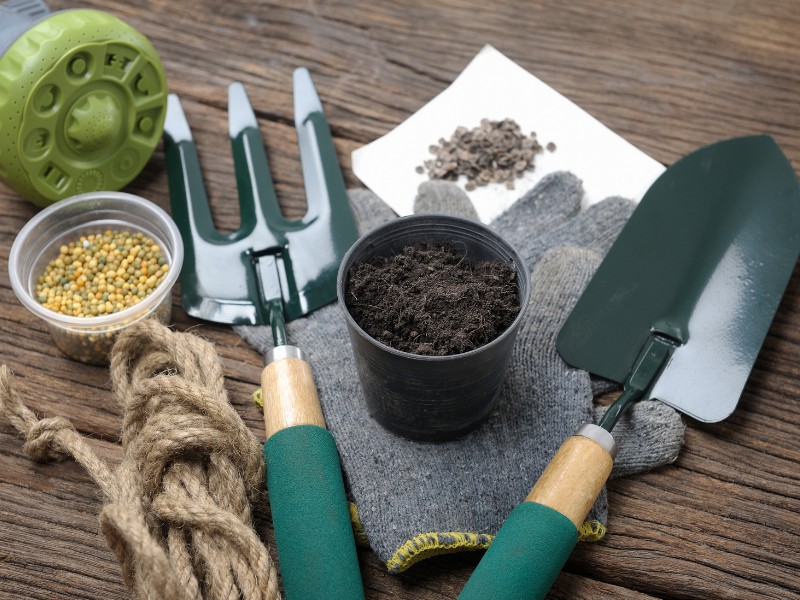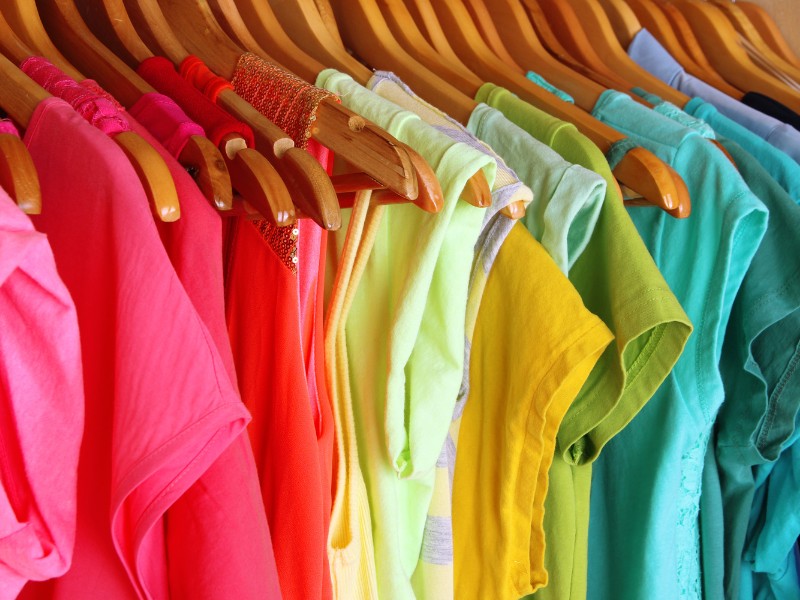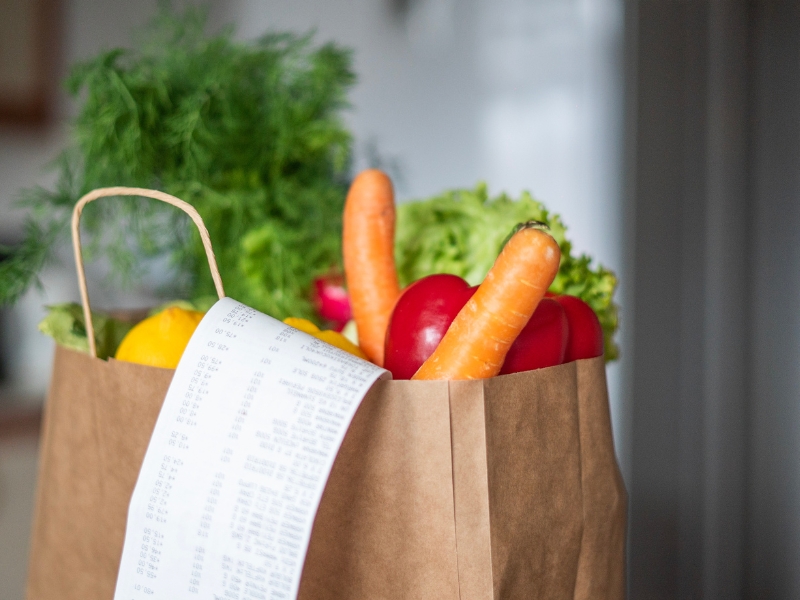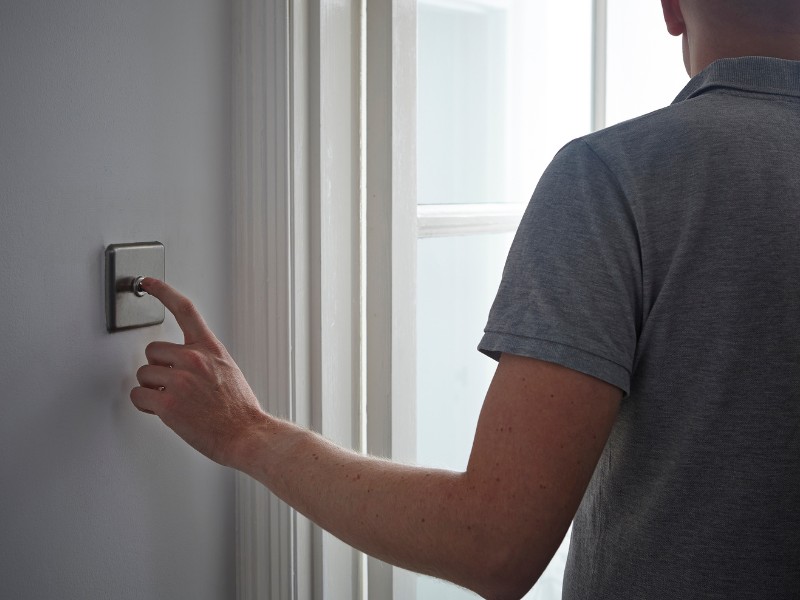9 Ways to Save Money in the Garden

This post may contain affiliate links. At no cost to you, we earn a commission from qualifying purchases.
City or suburban, young or old – everyone likes a garden especially one that looks good and doesn’t cost the earth to create!
With a little bit of planning, you can preserve the plants you have while contributing to the environment and at the same time grow some food for yourself and your friends without having to rely wholly on the supermarket each week.
1. Take cuttings
If you do this before the end of the season you will ensure your plants go further next year. If you have too many cuttings, grow them to maturity and give them as presents.
2. Grow your own
Growing your own vegetables and herbs doesn’t have to involve expert knowledge – anyone can do this. All you need is a bit of soil and a packet of seeds – you can even use a used plastic food container to grow things in. For an easy start, try growing herbs and tomatoes from springtime onwards – both can be grown inside and put outside once the frost has gone.
3. Register for an allotment
Allotments are becoming very popular and you can grow yourself a range of vegetables, fruit or as some people prefer flowers for cutting. Properly planned, planted and tended, an allotment can provide most of your vegetable needs for a whole year!
4. Create a compost bin
Add grass cuttings, clippings or vegetable peelings to it. Turn the contents of the bin with a pitch fork regularly and before you know it, you’ll have a rich, free source of compost for new plants and plants that have been in the same spot for years and need fresh nutrients. As well as using peelings from the kitchen, you can also compost unwanted paper and cardboard. Tear/shred it first and then add it between your other compost stuff. It will rot down in no time at all and insects will love it, contributing to faster compost.
5. Save your plastic pots
Wash and save anything plastic that food has arrived in and use for seedlings and small plants. A couple of holes in the bottom of any pot will ensure that your plant grows just as well as if it were in a standard plastic pot. Apart from reducing the environmental impact caused by dumping plastic into landfill sites do you think your herbs give a hoot what they are grown in?
6. Swap cuttings and plants
When you take cuttings from your plants before the end of the season, take a few extra to swap with friends or neighbours. That way you get an excellent variety of plants and flowers in your garden without paying a thing – remind them to take their cuttings when you take yours.
7. Plant a small fruit tree
As well as contributing to a better environment, you contribute to your table. Any fruit you don’t use at harvesting can be sold, preserved or swapped with other ‘harvesters’.
8. Grow companion plants
Instead of using expensive and environmentally unsound insecticides on your plants, let nature help you by planting companion plants next to the plant of flower you want to protect. Companion plants can either act as a distraction that insects favour instead or a deterrent where the strong scent will put off would-be pests. Garlic is an ideal companion plant and is very easy to grow – just plant the clove beside the plant you want to help protect and let nature do its stuff.
9. Collect water
Buy a water butt and take advantage of free rainwater that is collected from gutters and downpipes. Use it in your garden or to power a jet spray cleaning system. Why waste perfectly good water from the tap and pay for metered water when nature provides it for you to collect?





